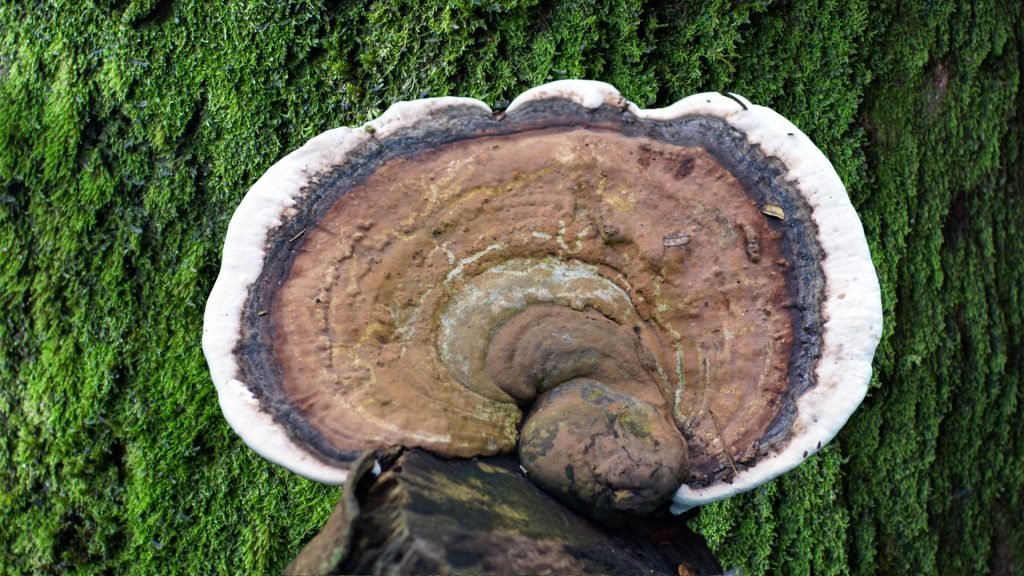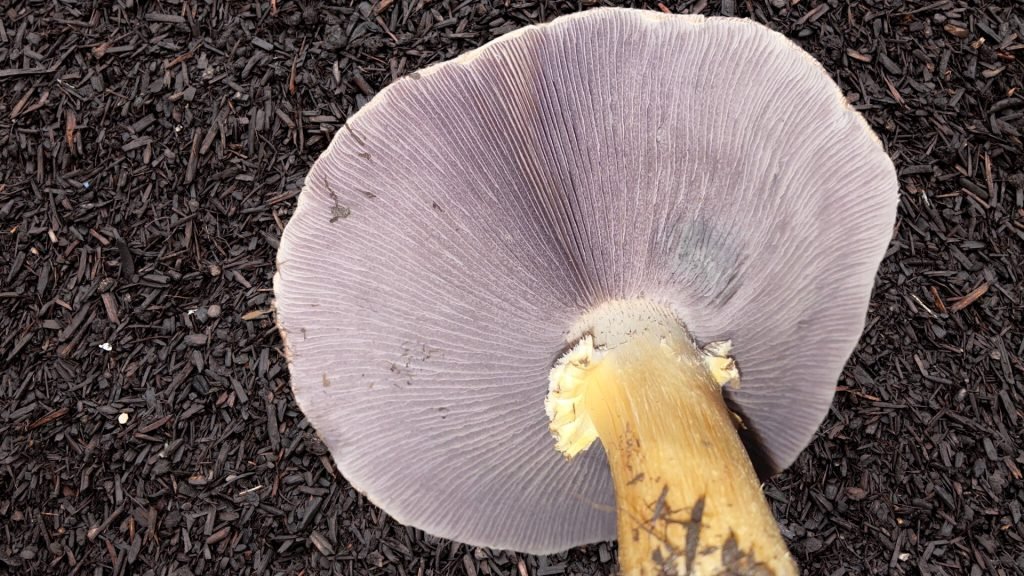In the annals of Chinese history, the intersection of gastronomy and alchemy reveals a unique narrative where fungi, notably Aspergillus oryzae (Koji Mold) and Saccharomyces cerevisiae (Brewer’s Yeast), are the unsung heroes. These fungi have woven their magic through fermentation processes, influencing both delightful culinary creations and mysterious alchemical experiments.
From Cuisine to Cultivation:
China’s love affair with fermentation dates back millennia. The elaborate and often ritualistic process of fermenting was as much an art as it was a science. Fermentation not only preserved food and extended its shelf life but also enhanced its flavor profile, leading to an unparalleled gastronomic richness. The fungi, with their transformative power, were at the heart of this culinary revolution.

Gastronomic Wonders and Fungi:
Fermented foods like soy sauce, vinegar, and rice wine are staples in Chinese cuisine. Aspergillus Oryzae, commonly known as Koji mold, plays an indispensable role in breaking down starches into sugars, which then undergo fermentation. This mold is the powerhouse behind dishes like douchi (fermented black beans) and jiang (fermented sauces). Its contribution is not just about preservation but elevating flavor, texture, and even the nutritional value of foods.
Saccharomyces Cerevisiae (Brewer’s Yeast) is another protagonist in this story. Responsible for fermenting grains and converting them to alcohol, this yeast gave birth to beverages like huangjiu (yellow wine) and various rice wines. These fermented drinks weren’t just enjoyed for their taste but also for their supposed health benefits.
The embrace of fungi in fermentation was more than culinary; it was cultural. Festivals, religious rituals, and daily meals all bore testament to this symbiotic relationship between man and fungi. It wasn’t just about eating; it was a way of life.

Mystical Alchemy and the Role of Fungi:
Beyond the dinner table, Chinese alchemists saw fungi as agents of transformation in their quest for the elixir of life and immortality. The Daoist traditions, in particular, heavily integrated fungi in their alchemical practices. In Daoist thought, fermentation, with its transformative power, was a microcosm of the universe’s ever-changing nature. It mirrored the Dao, the fundamental principle that is the source of all existence.
Aspergillus Oryzae and Saccharomyces Cerevisiae found their place in this esoteric world. Alchemists believed these fungi could transform ordinary substances into gold or even bestow longevity. They were used in intricate recipes, combined with herbs and minerals, in hopes of discovering the elixir of life.
While many of these alchemical experiments were shrouded in mystery and mysticism, they laid the groundwork for advancements in chemistry and medicine. Fungi, with their transformative abilities, were both the bridge and the barrier between the known and the unknown.
The universe of mushrooms is expansive, each variant bearing its own unique charm and characteristics. The Marketplace on the 🍄 Mushroom Network is a testament to this diversity. It is a haven for those seeking a deeper understanding of the magical world of mushrooms. If you’re keen on learning more about this type of mushroom and other mushroom variants, this Marketplace is your ultimate resource.
No posts found!
Legacy and Modern Revival:
Fast-forward to today, and the ancient traditions of fermentation are experiencing a resurgence. Modern chefs, brewers, and researchers are revisiting these age-old techniques, recognizing the unparalleled depth of flavor and health benefits they bring. Koji mold, for instance, is now being used in innovative culinary techniques beyond Chinese borders, appreciated for its ability to quickly age meats and impart unique flavors.
Furthermore, the alchemical practices of old, once dismissed as mere superstition, are now under scientific scrutiny. Researchers are exploring the potential health benefits of fermented foods, recognizing their role in promoting gut health, aiding digestion, and even combating certain diseases.
The story of fungi in ancient Chinese fermentation practices is one of respect, reverence, and renewal. From flavoring our favorite dishes to potentially unlocking secrets of longevity, these humble organisms have been, and continue to be, an intrinsic part of human history.
Not sure where to start? The 🍄 Mushroom Academy offers a wide range of courses tailored to your needs. Whether you’re a beginner eager to learn or an experienced mycologist looking to broaden your knowledge, the 🍄 Academy has something for everyone.

Embarking on Culinary and Cultural Synthesis:
The narrative of fungi in ancient Chinese fermentation encapsulates the essence of innovation, spirituality, and tradition. As we stand at the crossroads of tradition and modernity, understanding this intricate dance between fungi and ancient practices offers insights into the very fabric of culture, alchemy, and gastronomy.
Don’t forget to check out the 🍄 Mushroom Network’s Marketplace to see what’s available. But hurry, our shelves are constantly evolving, and you wouldn’t want to miss out on this wonderful mushroom. Join our growing network of Patrons, Genetics, and Mycologist Vendors only on the 🍄 Mushroom Network!
Recommended Reads:
Mystical Mycelium: Quantum Physics and the Interconnectedness of Fungi
The interconnectedness of fungi through mycelial networks represents one of nature’s most fascinating and complex...
Read More...Ganoderma Sinense: A Jewel of East Asian Mycology
Journey to the East: East Asia’s rich mycological landscape presents us with Ganoderma Sinense, a...
Read More...The Ecosystem’s Ally: How the Wine Cap Enhances Its Environment
When you picture an ally to our ecosystems, the Wine Cap Mushroom (Stropharia Rugosoannulata) may...
Read More...Nature’s Vegetarian Chicken: The Science Behind the Texture and Flavor
Strolling through the forest, it’s impossible to miss the flamboyant Chicken of the Woods mushroom,...
Read More...Whoa there, Spore Sport! 🍄 Looks like you’re not logged in yet. Don’t you know what you’re missing? MYCO-CREDITS! Imagine all the fungal fun you could have. It’s like finding a Morel in May and not picking it. Tragic, right? Log In or Become a Myco-Patron and start racking up those credits. It’s more rewarding than finding a mushroom in your backyard! 🌟🏡









